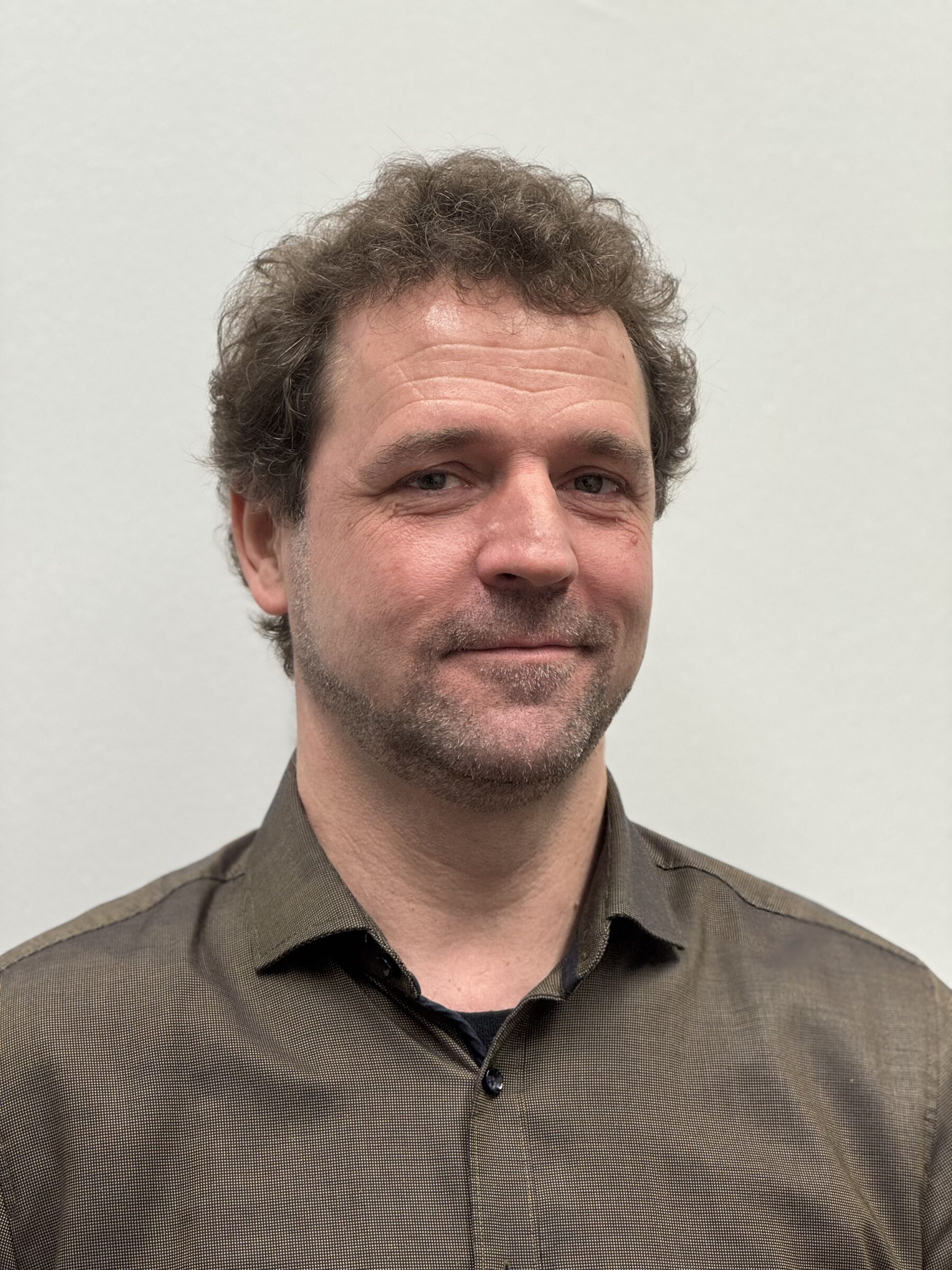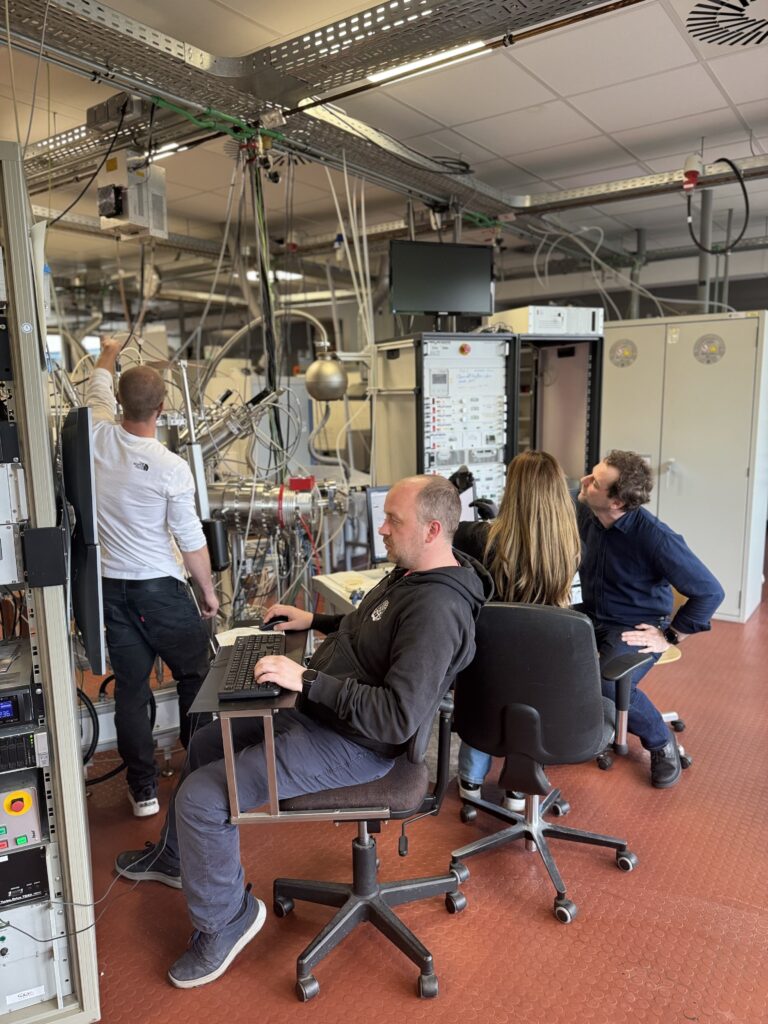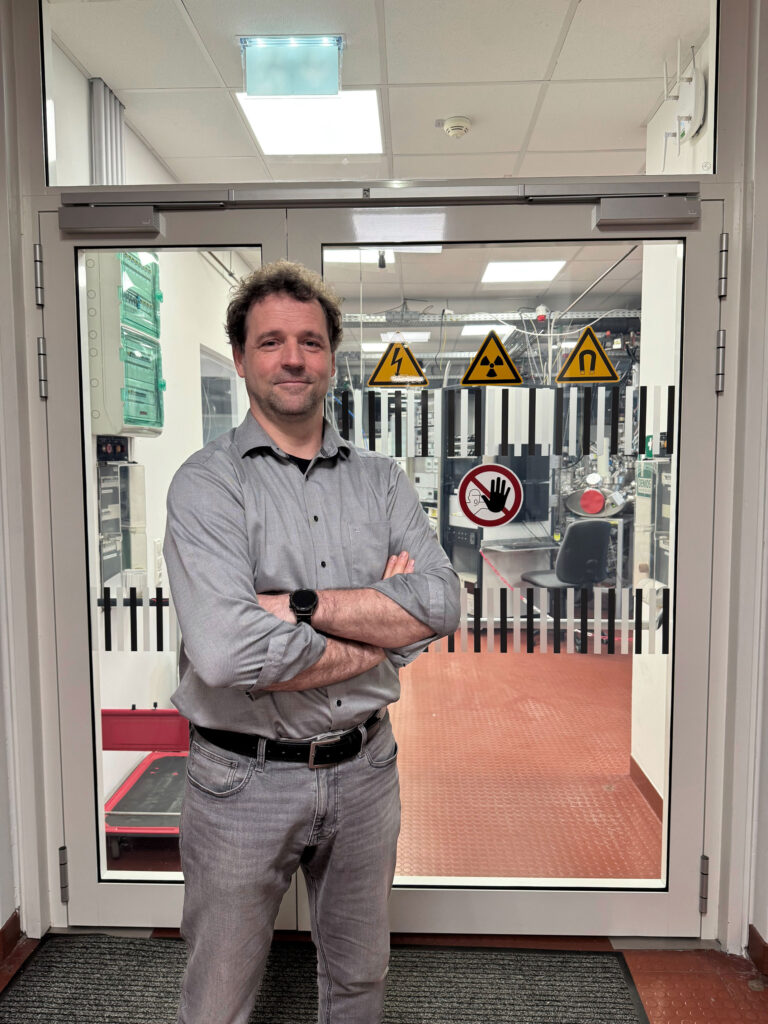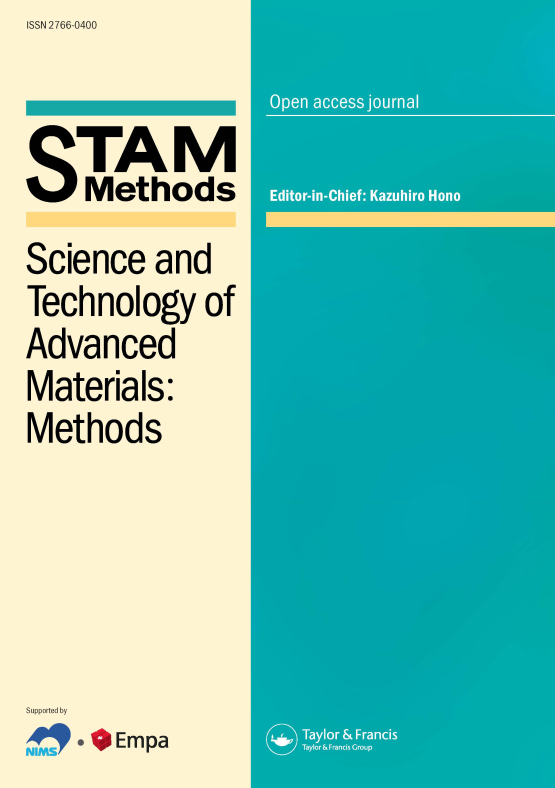Meet the Author:
Andrei Ionut Mardare
Andrei Ionut Mardare is an Associate Professor at Johannes Kepler Universität Linz, and author of Science and Technology of Advanced Materials: Methods. He is a physicist working in the field of thin film combinatorial development of inorganic materials. He studied Physics at University of Bucharest, Romania and conducted his doctoral work at Max-Planck Institute for Iron Research in Düsseldorf, Germany. He received his PhD degree in Physics in 2009 from Ruhr University Bochum (RUB) Germany, then joining the Institute of Chemical Technology of Inorganic Materials at Johannes Kepler University Linz, Austria. His current research interests include ultra-thin anodic oxides on valve metals and their dynamic processes at atomic scale.
In this insightful Q&A, we dive in deeper about his article “Accelerating materials discovery: combinatorial synthesis, high-throughput characterization, and computational advances” where he shares how creativity, combinatorial materials science, and open data are converging to drive faster, smarter breakthroughs in next-generation materials research.

Your article explores how combining combinatorial approaches, high-throughput characterization, and computational advances can accelerate materials discovery. What motivated your team to focus on this intersection, and what challenges in materials science are you most excited about this approach helping to solve?
Our team from JKU Linz has been passionate about combinatorial material synthesis and analysis since early 2010. Even before that, when the senior members of our group were working at the Max Planck Institute for Iron Research in Düsseldorf (now known as the Max Planck Institute for Sustainable Materials), we found that mixing two or more materials in the vapor phase and condensing them together on a single substrate led to fascinating electrochemical studies, especially with valve metal alloys.
What attracts us to the combinatorial approach is the ability to obtain a large variety of alloys simultaneously (i.e. a material library) where each alloy has undergone the same fabrication conditions. Using thin films for this process significantly reduces the cost of studying expensive materials and is especially relevant since thin films are used in nearly all modern electronic devices. Once the library is fabricated, high-throughput screening helps us identify which alloys show the most promising properties for a specific application.
Modern materials often require complex micro- and nanostructures and precise crystallographic control – something typically achieved through combinations of more than five pure elements, as seen in superalloys, glassy metals, or high-entropy alloys. The number of possible combinations is enormous, sometimes in the millions, which makes the experimental approach alone incredibly challenging.
At this point, experimentalists can benefit greatly from suggestions about which combinations might lead to useful new materials. These suggestions are now being made possible by computational materials science and information technology. The integration of web-based data dissemination, existing databases, and data mining offers a way to overcome the limitations of individual research teams and open up global access to knowledge. For us, the most exciting part is the synergy between combinatorial fabrication and computational tools: enabling researchers to start with a well-informed guess and thereby maximizing the chances of a successful discovery.
The search for new materials has traditionally been slow and complex. Why is there growing urgency to accelerate this process now, and how could faster discovery reshape key areas like clean energy, electronics, or climate technologies?
The slow pace of materials discovery in the past was mainly due to traditional methods. Take metallic alloys, for example. Over the past century, new materials were developed through metallurgical mixing in bulk form. This process is inherently slow and labor-intensive. With ceramics, which often involve even more components, the challenge becomes even greater.
In recent years, we’ve started to see faster progress, and I believe this is clearly linked to the broader adoption of combinatorial science – not just for thin films, but in many other areas. Since the beginning of the technological revolution, progress has only accelerated. Once a new material is discovered, it often gives rise to more innovations, multiplying the possibilities. Sooner or later, one discovery leads to several others, driven by the need to enhance functionality.
That need is increasingly urgent. Our growing population and diminishing resources demand continuous improvement of the materials we use in everyday life. Fields like medicine, clean energy, and climate adaptation depend on faster development and implementation of high-performance materials. We often hear, “Now is the time for a change.” I agree – this “Now” grows more pressing every day, as the Earth’s population grows, and natural resources are depleted. Accelerated discovery has the potential to transform key technologies, improve quality of life, and help us use our resources more efficiently and sustainably.
In your article, you describe a shift toward “data-intensive science,” where researchers rely more on big datasets and digital tools to make discoveries. How do you think this shift is changing the way scientists work, and what new opportunities does it open up for materials research?
I believe this shift toward data-intensive science is both inevitable and a natural part of technological evolution. The role of computer assistance in research has grown enormously over the past two decades, and with the rise of artificial intelligence, it’s likely to shape our technological future in profound ways.
The proverbial wheel was discovered long ago, and fortunately, the scientists of the time recorded their findings and passed the information on to future generations, enabling further improvements. This concept continues today, and we now have the advantage of better documenting and characterizing our findings through computer science and information technology. Digitalization is more than a trend; it is a necessity that allows researchers to evaluate, screen, and search through previous findings more quickly and effectively in order to design new materials.
This also changes the profile of the scientist. While laboratory work will always be demanding, the share of computational work is expected to grow. Powerful simulation tools already exist in materials science, and they can dramatically reduce the trial-and-error required in the lab. The ability to access big datasets gives researchers a strong starting point. From there, creativity takes over.
This means that creativity will become an absolute necessity for future scientists and will reshape their overall image and characteristics. An analytical mind with perfect reasoning capabilities and synthesis power may not necessarily be the main feature of a successful materials scientist, especially if they struggle with basic software. Instead, a highly creative person with a good understanding of information technology and dissemination power could be better suited as a future materials designer. Needless to say, a strong scientific and technological background is still essential, but the creative side will perhaps be more relevant, given the large amount of data available for information and screening when finding new ideas.
To support this, I’ve started a creativity workshop in our team, using music to encourage original thinking. It’s still an ongoing experiment, but I’ve noticed that students are collaborating better, working with more autonomy, and showing signs of increased creative confidence. They are, after all, the researchers of tomorrow.

Being published in an Open Access journal, your article is freely accessible to a wide audience. How do you see this kind of accessibility contributing to faster knowledge exchange – not just among researchers, but also in ways that could help shape new technologies or real-world solutions?
Open Access publishing is essential for the future of research. The whole concept of big data only works if the data itself is accessible. If databases are owned and controlled by companies, we limit the progress of science. This collective knowledge: the history and discoveries of our species – should not be privately owned. Without Open Access, the stress and cost of subscription barriers can stifle creativity. Scientists should be free to explore, not burdened by paywalls.
By publishing Open Access, research data is widely shared not only with scientists within one’s field but also with a broader audience. This benefits the development of new materials and technologies and encourages interdisciplinary work. Interdisciplinarity may be one of the greatest advantages of openly shared scientific data, and its relevance also stems from creativity. A scientist from a different field may look at your concept or discovery from a completely different perspective, leading to surprising interpretations or applications of your results. In other words, each research field has its own limitations regarding the variety of new ideas, and true advancements are made by surpassing these limitations and crossing boundaries. New technologies and real-world solutions will increasingly rely on researchers with broadened horizons through interdisciplinary work.

What are you most excited about in the next few years of your research? Are there new tools, questions, or challenges you’re hoping to explore?
I’m particularly excited about our work on memristive materials for neuromorphic computing and artificial synapses. The idea of an artificial brain fascinates me. AI is already part of our world, but current hardware may soon fall short. If we aim to truly mimic human intelligence, it’s scientific common sense that we’ll eventually need to replicate the brain; starting with the artificial synapse.
This link has recently been simulated by a memristor (memory-resistor): a component that changes resistance under an electric field and “remembers” its state. It can mimic both short-term (volatile) and long-term (non-volatile) memory, making it a key building block for the artificial brain.
We’re using electrochemical methods, specifically anodization, to create anodic memristors (named to reflect the special oxides formed in this process). We’re also comparing them with those fabricated using classical vacuum-based thin film techniques. Even with identical chemistries, properties can vary based on fabrication method.
That’s why I see electrochemistry playing a crucial role in this field. I’m glad I chose to work across physics, chemistry, and materials science – and I continue to rely on creativity and interdisciplinarity as constant drivers in my research.
Interested in publishing in STAM Methods?
With support from NIMS and EMPA to promote Open Science, the journal is currently offering a conditional APC waiver, giving authors the opportunity to publish at no cost. Terms and conditions apply.
Learn more about this opportunity here.
About the Journal
Science and Technology of Advanced Materials: Methods (STAM Methods (STAM-M) ) is a peer-reviewed open-access journal for the publication of high-quality original research and reviews describing significant advances in methods and tools associated with materials science.
With the goal to improve and accelerate the discovery and applications of materials, STAM-M provides a platform for disseminating the latest information on developments in emerging methods and tools relevant to materials research to encourage real-world applications of data-driven methodology and computational approaches for materials design, analysis, and processing. The journal is aimed at a broad audience of researchers in academia and industry who are actively involved in materials science, especially from the viewpoint of instrumentation, informatics, and computer science, thereby facilitating interdisciplinary communication that often generates new challenges, which in turn spur further the development of advanced methods and tools.


